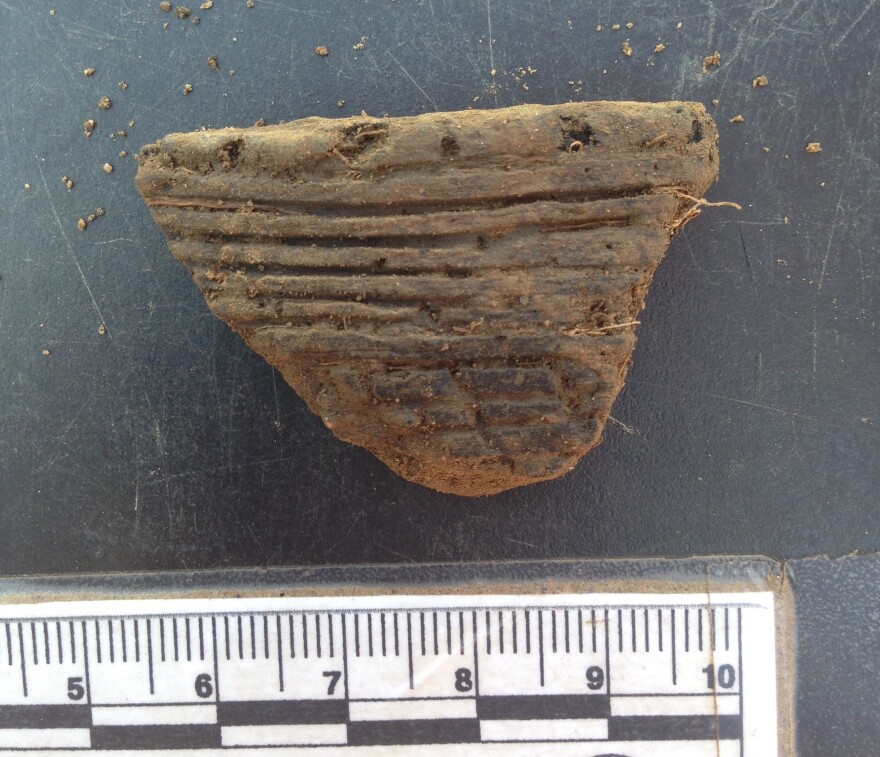Repair work on a century-old bridge in Norwalk has dug up something even older: the remains of a 17th-century American Indian trading fort.
The artifacts include trade goods like pottery and glass beads. There’s even evidence of ancient arrowheads, some thought to date back thousands of years.
Another key finding? Trash. Particularly, all manner of leftover food.
Sarah Sportman, one of the archeologists at the site, said the trash included old animal bones and lots of plant remains, including raspberries and tiny pieces of charred corn.
“It’s a significant site in terms of it being this really rare ‘Contact Period’ fort -- on the cusp of European arrival and trade with Native Americans,” Sportman said. “But it’s also fantastic insight into just the daily life of native people who lived in Norwalk in the 17th century.”
The food was remarkably well preserved, thanks to discarded shellfish fragments, which helped neutralize southern New England’s notoriously (at least among archaeologists) acidic soil.
Ross Harper, an archaeologist who worked alongside Sportman, said the artifacts are connected to a little-studied American Indian group.
“The Norwalk Native American group,” Harper said. “We only know about them from very few mentions in, basically, some land deeds. So this is an extraordinary opportunity.”

Harper and other archeologists have been working on the site as Connecticut gears up to replace the “Walk Bridge” in Norwalk.
Part of the nation’s busiest rail corridor, the Walk Bridge carries more than 100,000 train passengers each day and is in dire need of replacement.
Mandy Ranslow, an archeologist with the Connecticut Department of Transportation, said state and federal law mandated part of those repairs include historical site work.
While there was a written record of American Indian trading forts here, Ranslow said finding the artifacts was a surprise.
“Honestly, the site is in an area that’s been pretty well developed over time,” Ranslow said. “We weren’t sure that there’d be actually a chance of finding any intact remnants of that fort.”
Ranslow said the needs of the existing rail corridor mean the site itself is unable to be preserved. But all available artifacts will be removed and catalogued off site.
She said the DOT is working with federally recognized tribes to keep those artifacts in Norwalk.





